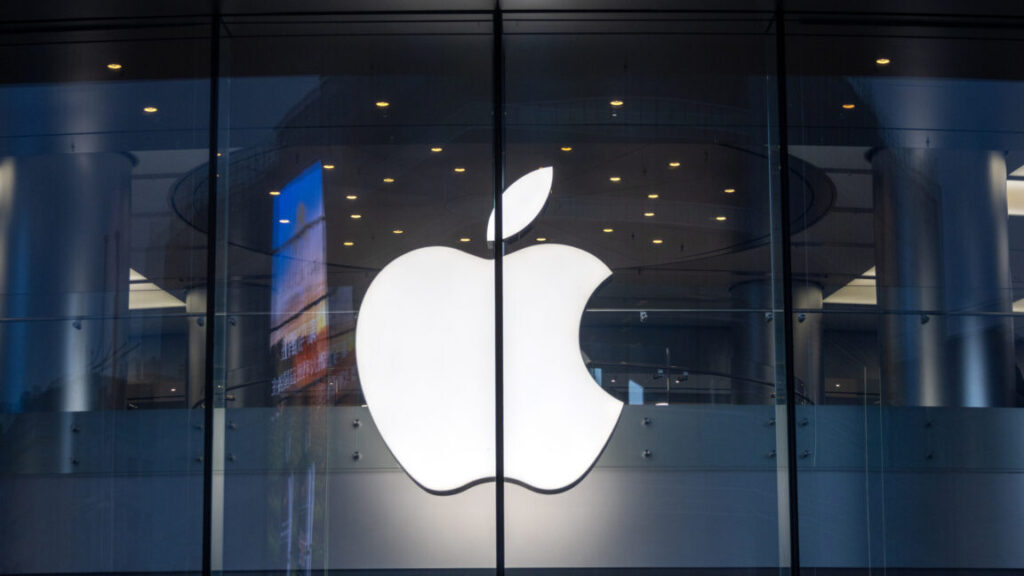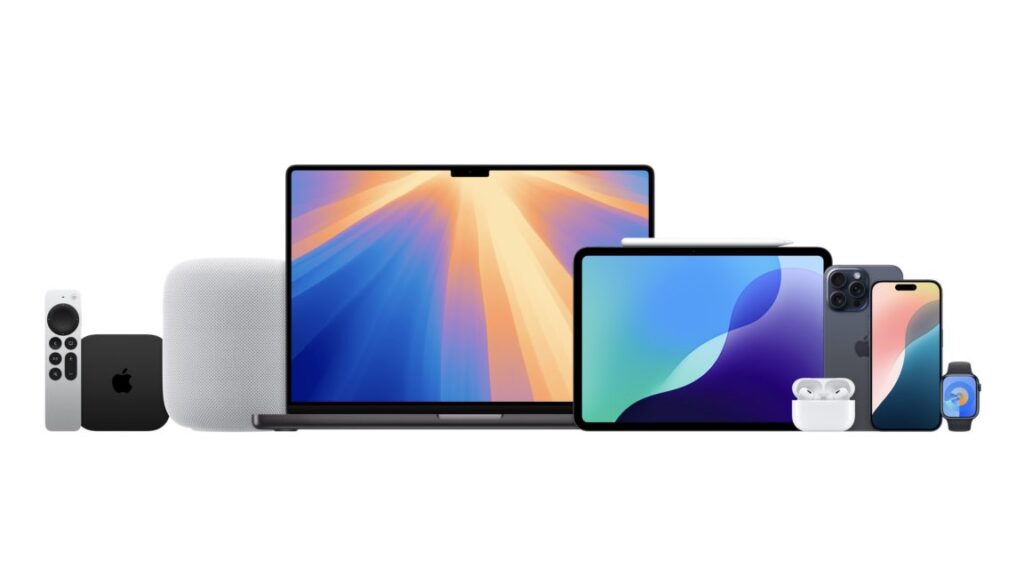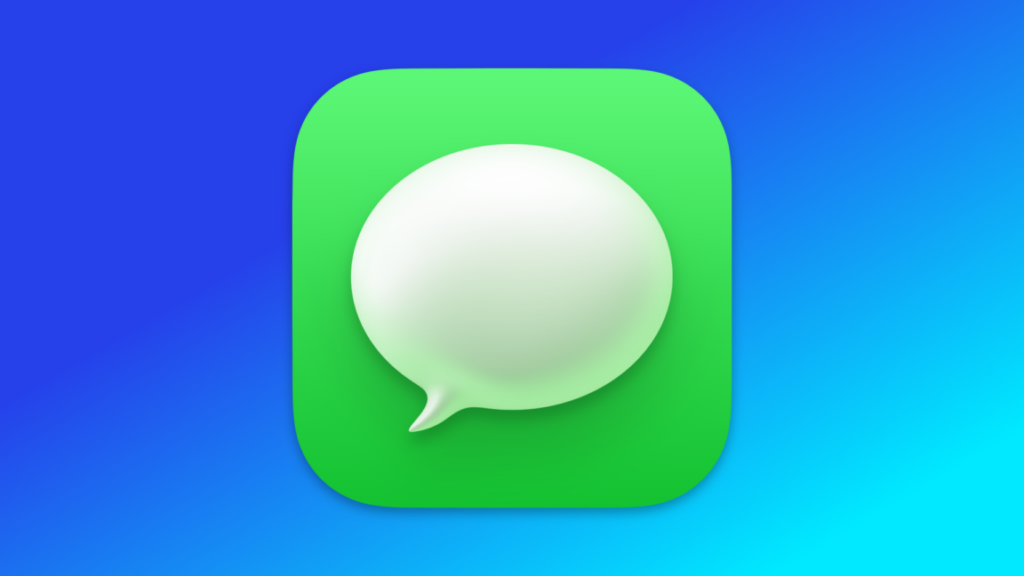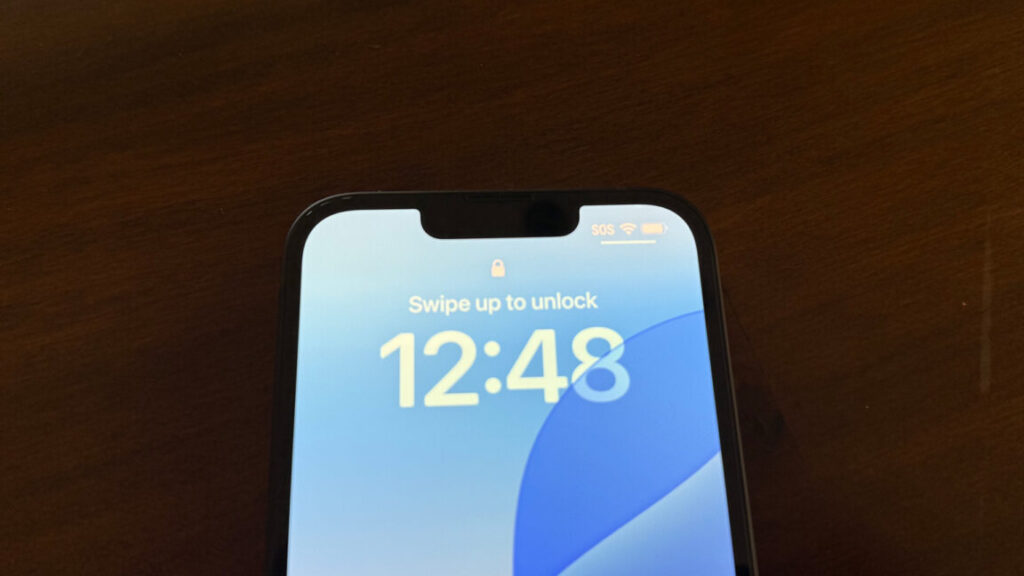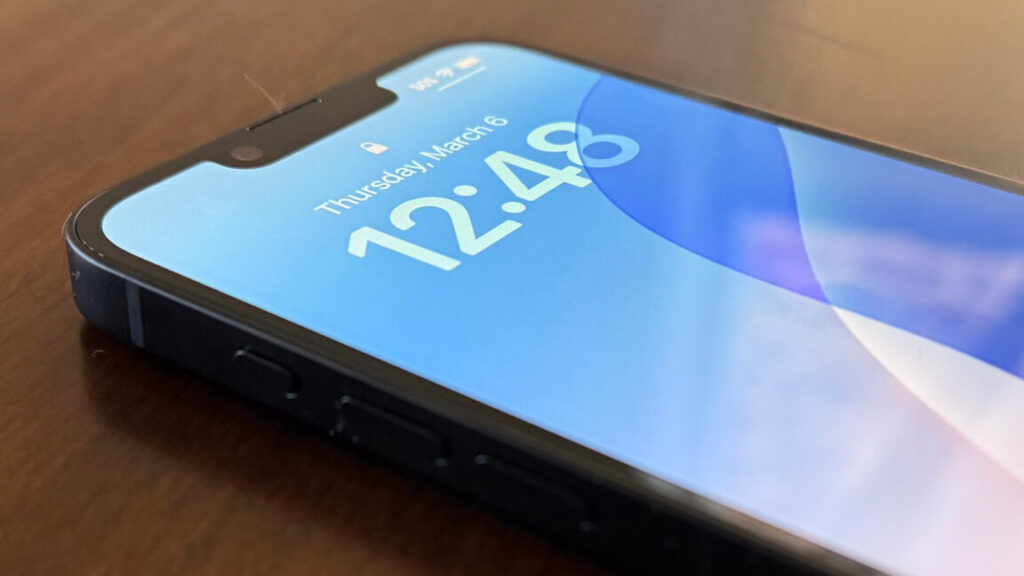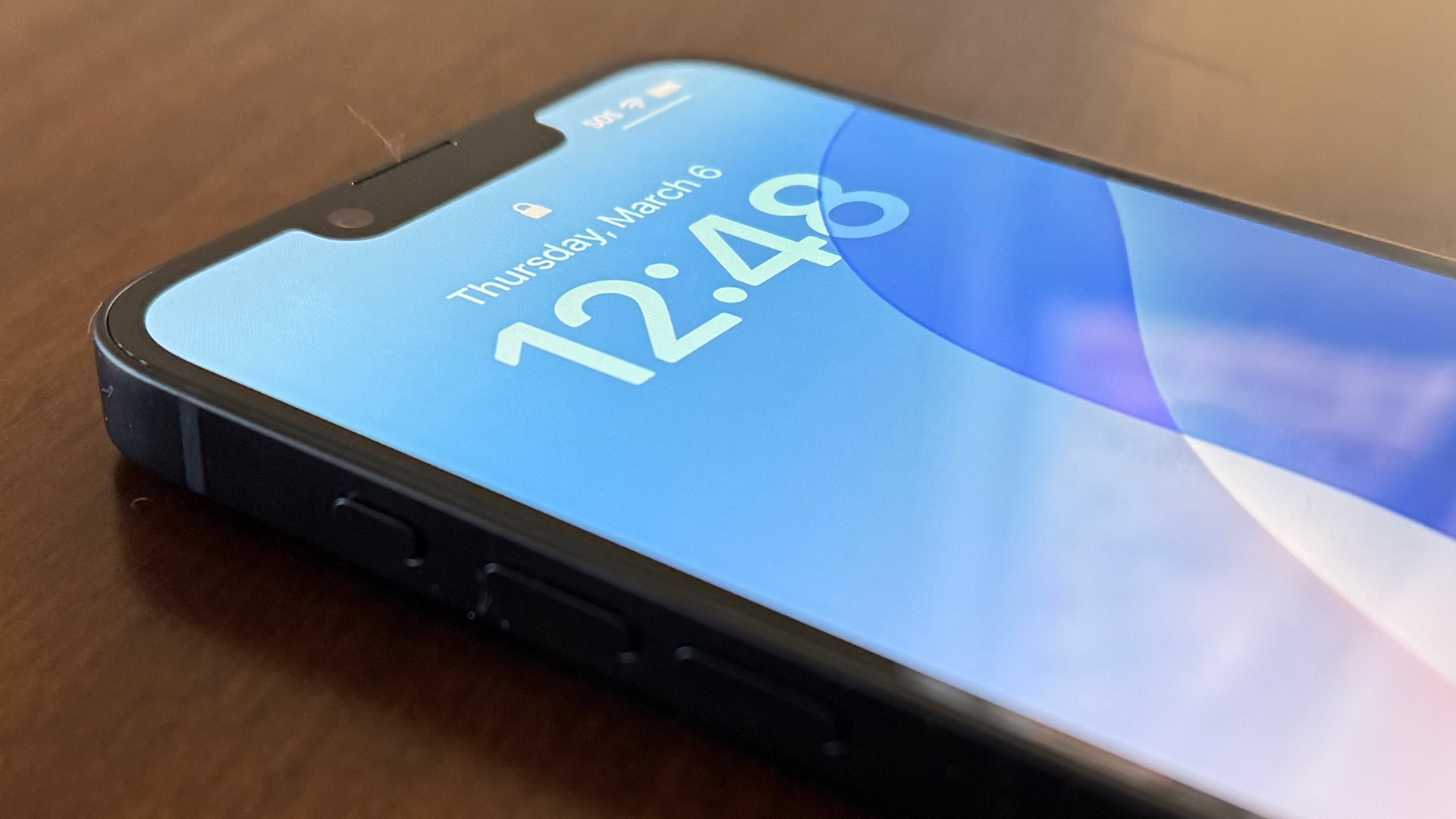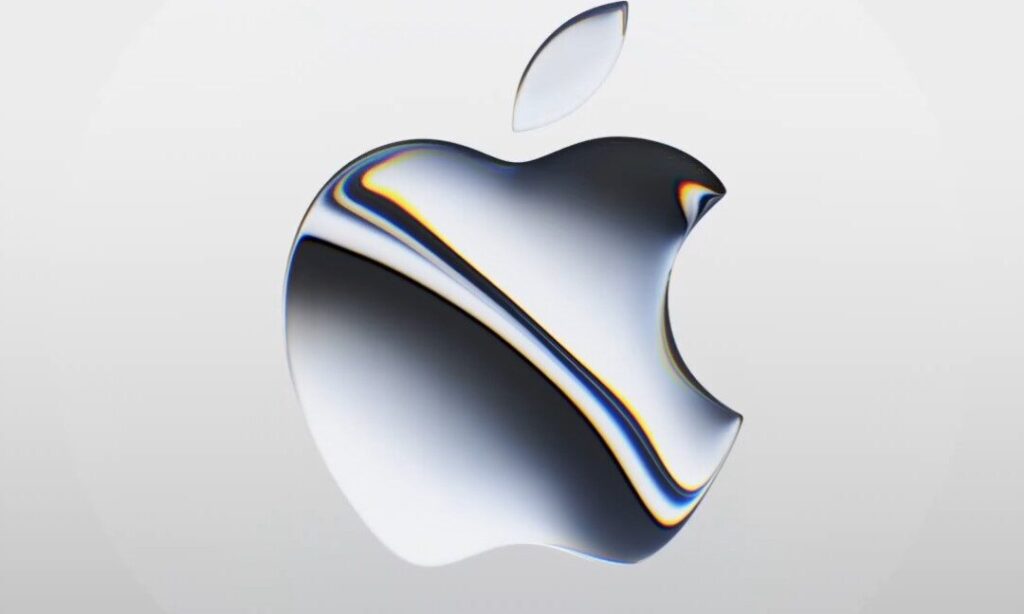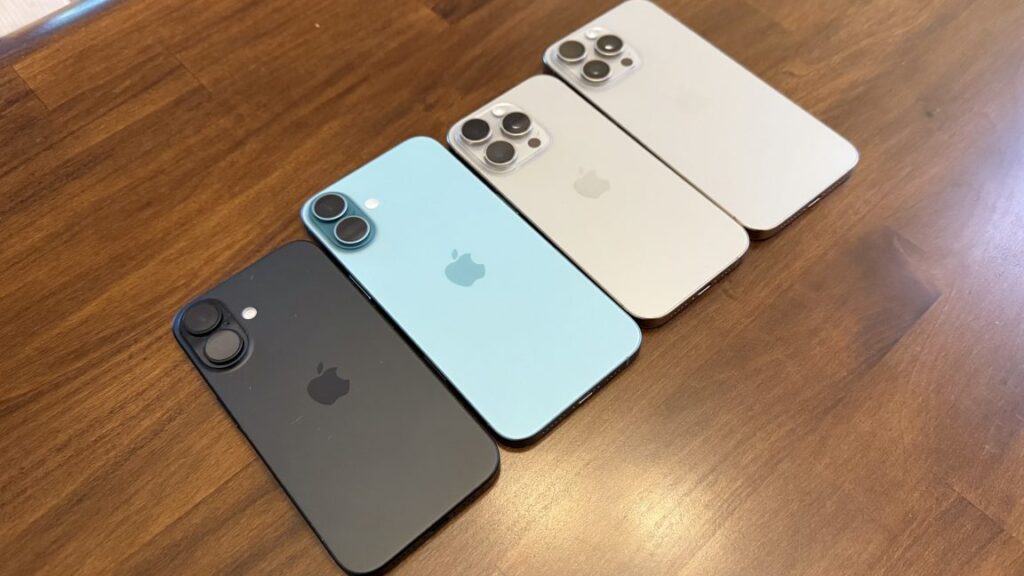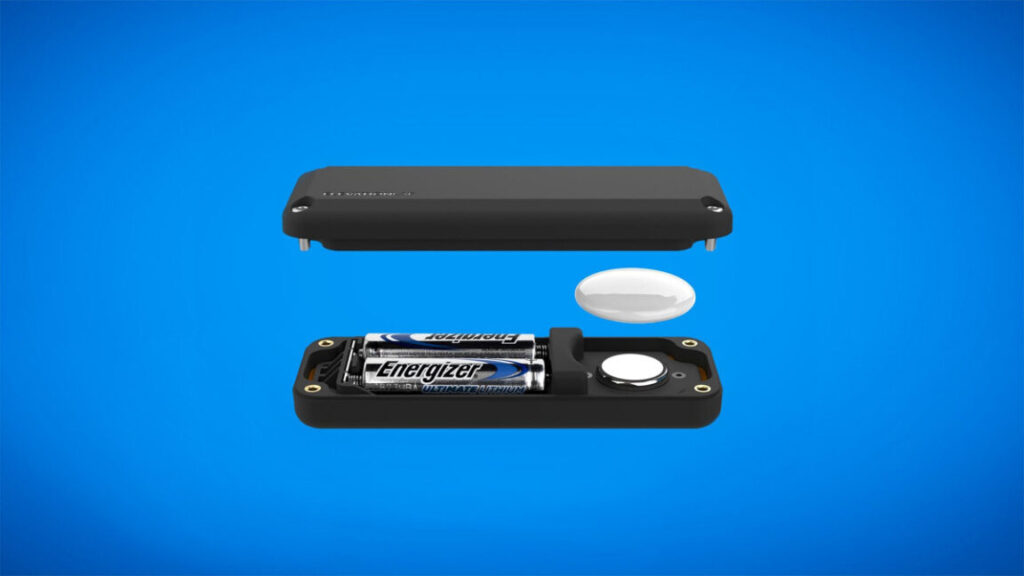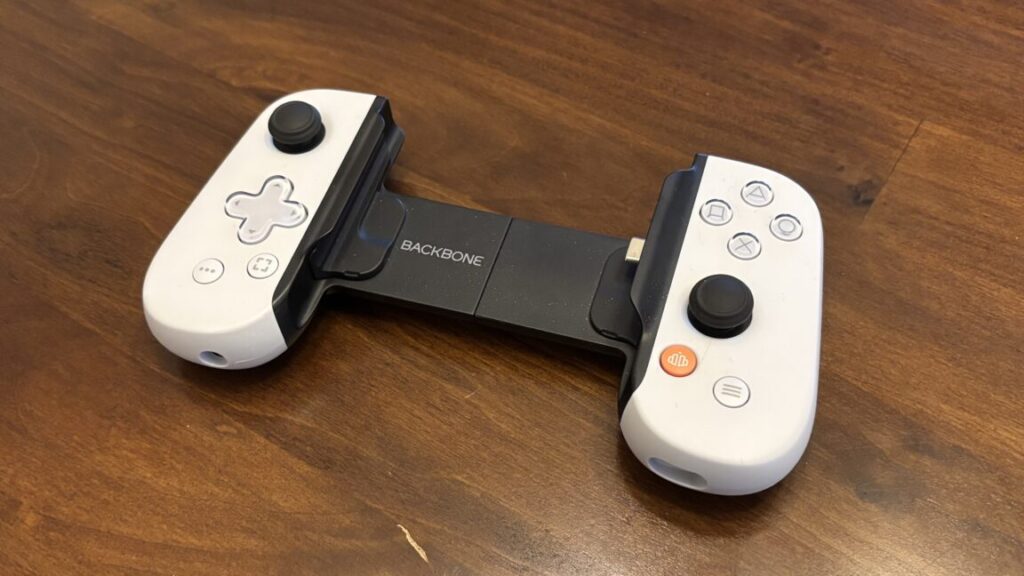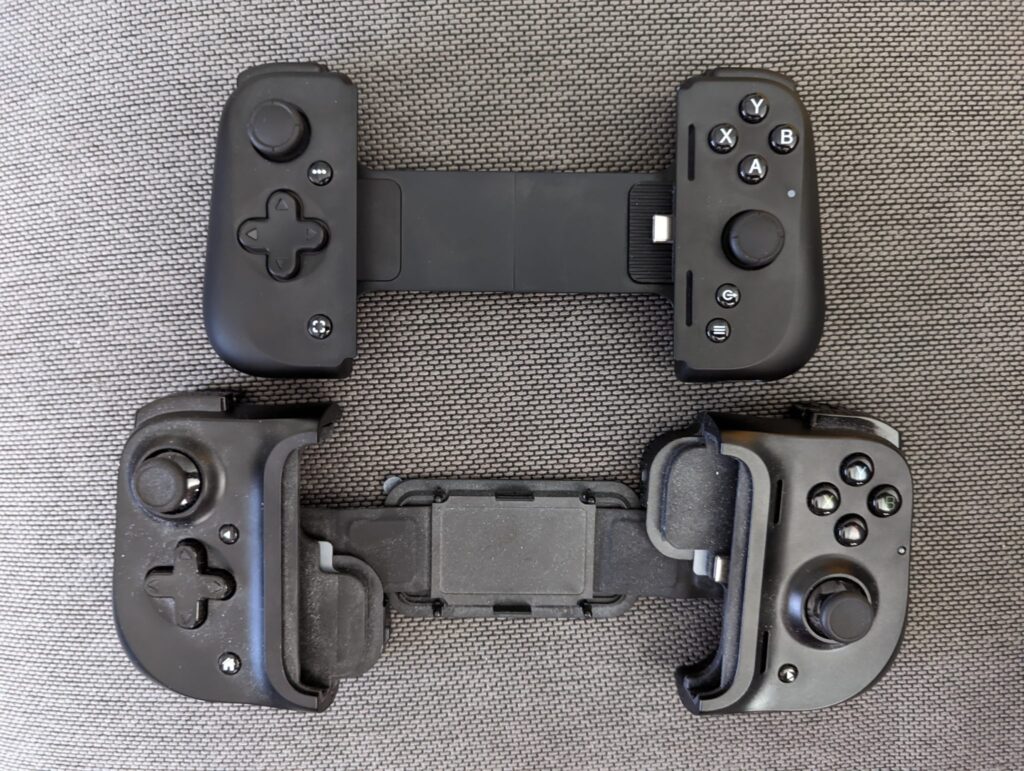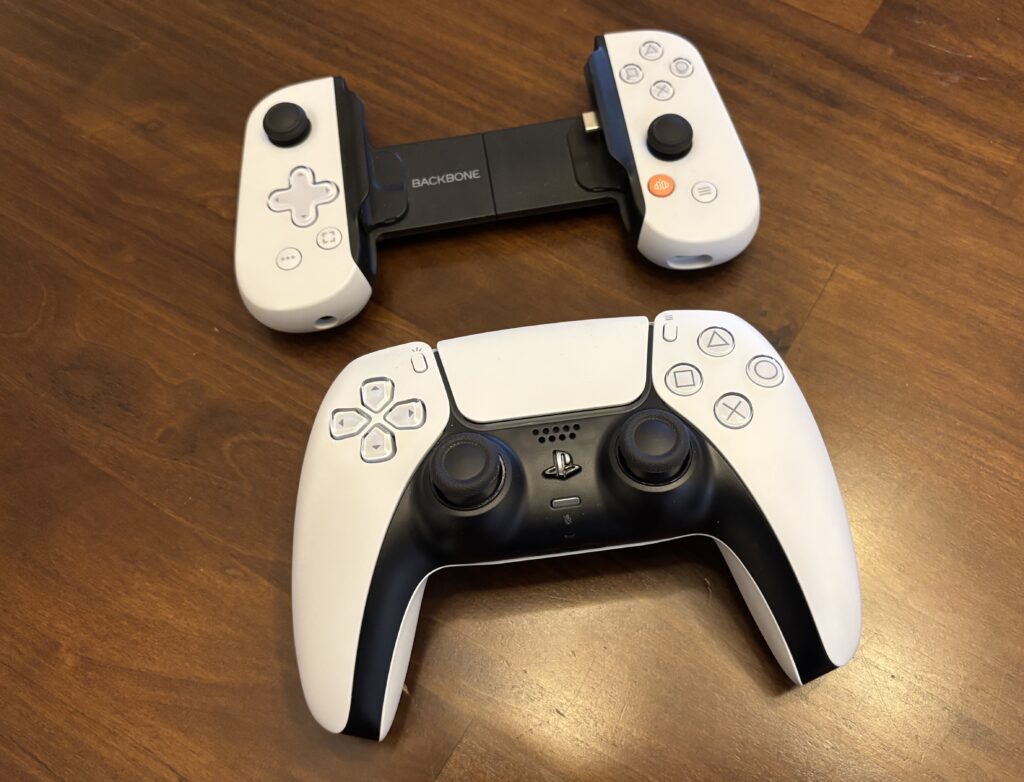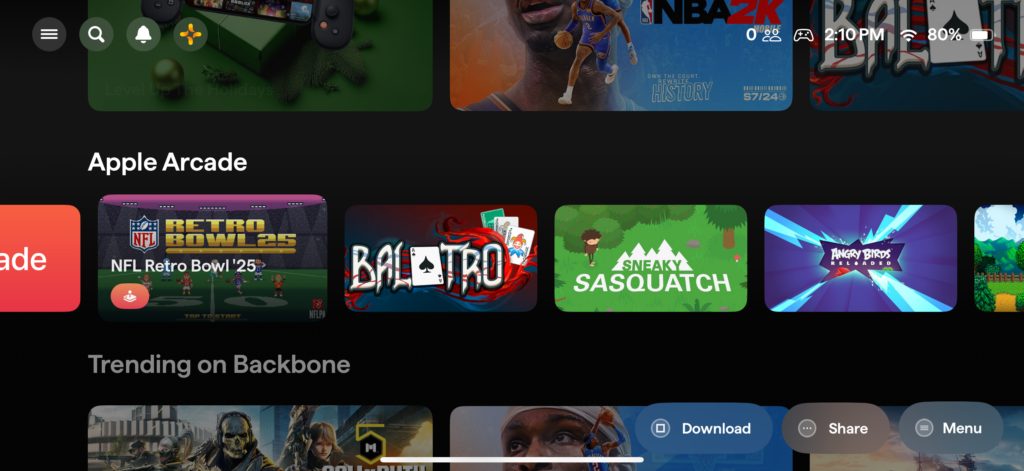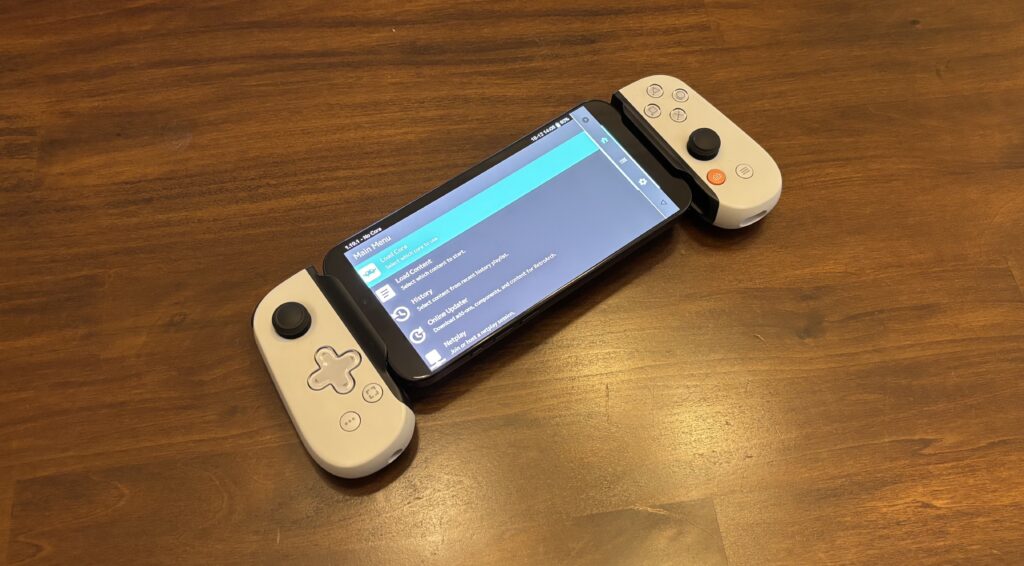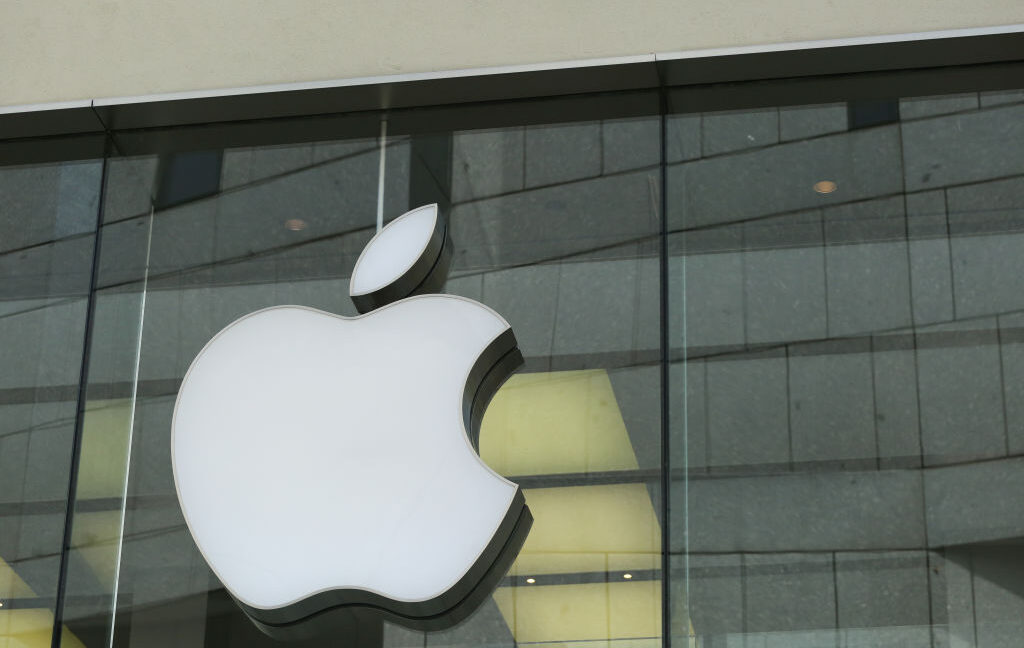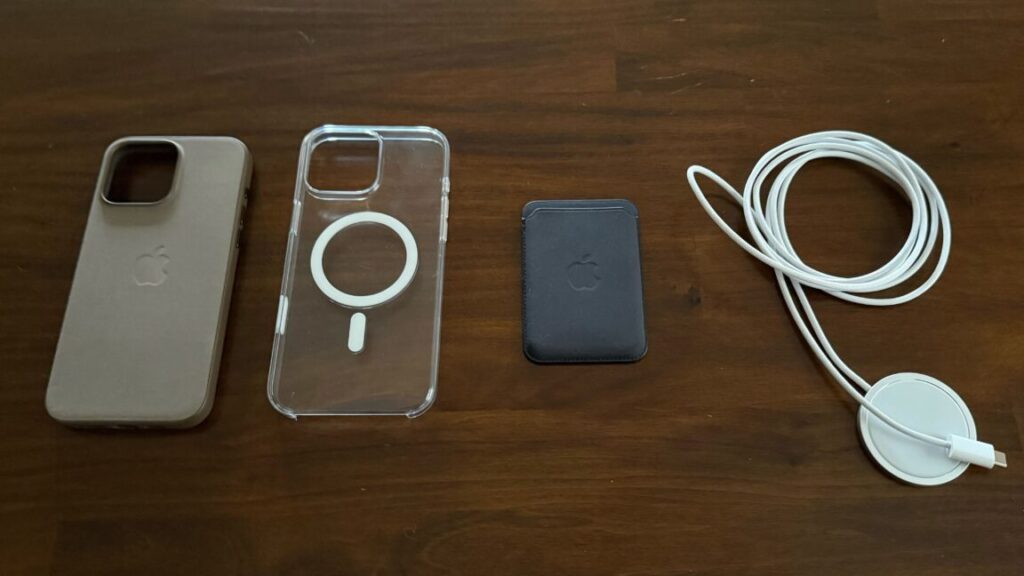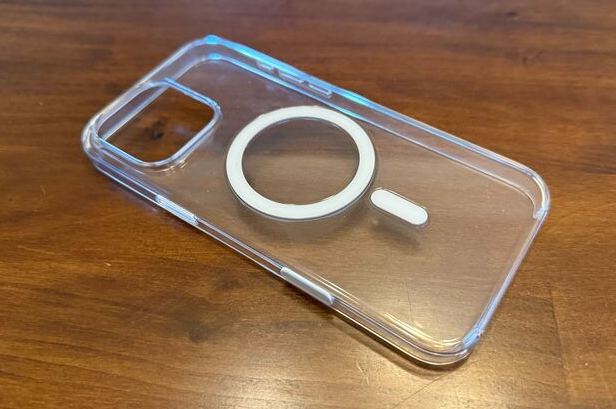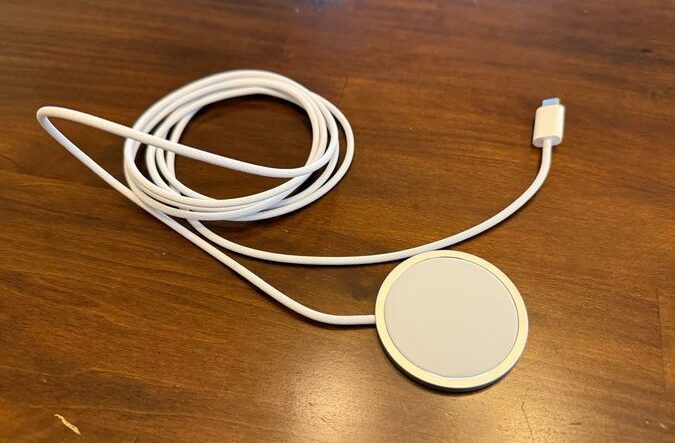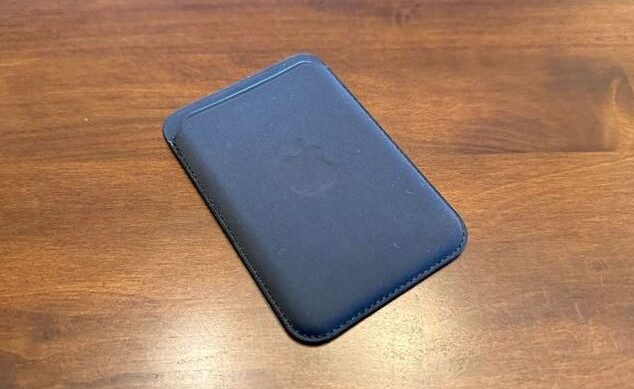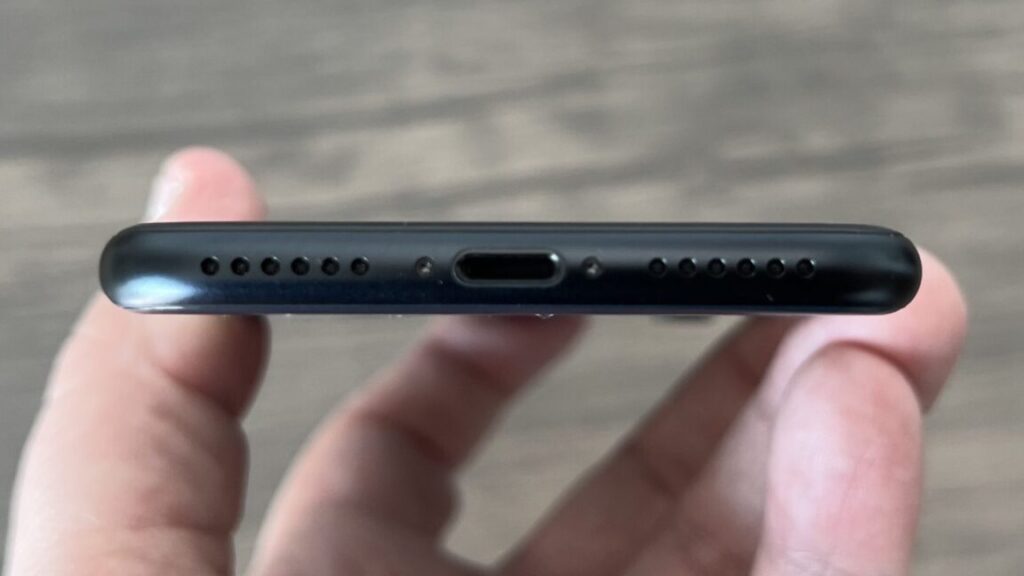Apple silent as Trump promises “impossible” US-made iPhones
How does Apple solve a problem like Trump’s trade war?
Despite a recent pause on some tariffs, Apple remains in a particularly thorny spot as Donald Trump’s trade war spikes costs in the tech company’s iPhone manufacturing hub, China.
Analysts predict that Apple has no clear short-term options to shake up its supply chain to avoid tariffs entirely, and even if Trump grants Apple an exemption, iPhone prices may increase not just in the US but globally.
The US Trade Representative, which has previously granted Apple an exemption on a particular product, did not respond to Ars’ request to comment on whether any requests for exemptions have been submitted in 2025.
Currently, the US imposes a 145 percent tariff on Chinese imports, while China has raised tariffs on US imports to 125 percent.
Neither side seems ready to back down, and Trump’s TikTok deal—which must be approved by the Chinese government—risks further delays the longer negotiations and retaliations drag on. Trump has faced criticism for delaying the TikTok deal, with Senate Intelligence Committee Vice Chair Mark Warner (D-Va.) telling The Verge last week that the delay was “against the law” and threatened US national security. Meanwhile, China seems to expect more business to flow into China rather than into the US as a result of Trump’s tough stance on global trade.
With the economy and national security at risk, Trump is claiming that tariffs will drive manufacturing into the US, create jobs, and benefit the economy. Getting the world’s most valuable company, Apple, to manufacture its most popular product, the iPhone, in the US, is clearly part of Trump’s vision. White House Press Secretary Karoline Leavitt told reporters this week that Apple’s commitment to invest $500 billion in the US over the next four years was supposedly a clear indicator that Apple believed it was feasible to build iPhones here, Bloomberg reported.
“If Apple didn’t think the United States could do it, they probably wouldn’t have put up that big chunk of change,” Leavitt said.
Apple did not respond to Ars’ request to comment, and so far, it has been silent on how tariffs are impacting its business.
iPhone price increases expected globally
For Apple, even if it can build products for the US market in India, where tariffs remain lower, Trump’s negotiations with China “remain the most important variable for Apple” to retain its global dominance.
Dan Ives, global head of technology research at Wedbush Securities, told CNBC that “Apple could be set back many years by these tariffs.” Although Apple reportedly stockpiled phones to sell in the US market, that supply will likely dwindle fast as customers move to purchase phones before prices spike. In the medium-term, consultancy firm Omdia forecasted, Apple will likely “focus on increasing iPhone production and exports from India” rather than pushing its business into the US, as Trump desires.
But Apple will still incur additional costs from tariffs on India until that country tries to negotiate a more favorable trade deal. And any exemption that Apple may secure due to its investment promise in the US or moderation of China tariffs that could spare Apple some pain “may not be enough for Apple to avoid adverse business effects,” co-founder and senior analyst at equity research publisher MoffettNathanson, Craig Moffett, suggested to CNBC.
And if Apple is forced to increase prices, it likely won’t be limited to just the US, Bank of America Securities analyst Wamsi Mohan suggested, as reported by The Guardian. To ensure that Apple’s largest market isn’t the hardest hit, Apple may increase prices “across the board geographically,” he forecasted.
“While Apple has not commented on this, we expect prices will be changed globally to prevent arbitrage,” Mohan said.
Apple may even choose to increase prices everywhere but the US, vice president at Forrester Research, Dipanjan Chatterjee, explained in The Guardian’s report.
“If there is a cost impact in the US for certain products,” Chatterjee said, Apple may not increase US prices because “the market is far more competitive there.” Instead, “the company may choose to keep prices flat in the US while recovering the lost margin elsewhere in its global portfolio,” Chatterjee said.
Trump’s US-made iPhone may be an impossible dream
Analysts have said that Trump’s dream that a “made-in-the-USA” iPhone could be coming soon is divorced from reality. Not only do analysts estimate that more than 80 percent of Apple products are currently made in China, but so are many individual parts. So even if Apple built an iPhone factory in the US, it would still have to pay tariffs on individual parts, unless Trump agreed to a seemingly wide range of exemptions. Mohan estimated it would “likely take many years” to move the “entire iPhone supply chain,” if that’s “even possible.”
Further, Apple’s $500 billion commitment covered “building servers for its artificial intelligence products, Apple TV productions and 20,000 new jobs in research and development—not a promise to make the iPhone stateside,” The Guardian noted.
For Apple, it would likely take years to build a US factory and attract talent, all without knowing how tariffs might change. A former Apple manufacturing engineer, Matthew Moore, told Bloomberg that “there are millions of people employed by the Apple supply chain in China,” and Apple has long insisted that the US talent pool is too small to easily replace them.
“What city in America is going to put everything down and build only iPhones?” Moore said. “Boston is over 500,000 people. The whole city would need to stop everything and start assembling iPhones.”
In a CBS interview, Commerce Secretary Howard Lutnick suggested that the “army of millions and millions of human beings” could be automated, Bloomberg reported. But China has never been able to make low-cost automation work, so it’s unclear how the US could achieve that goal without serious investment.
“That’s not yet realistic,” people who have worked on Apple’s product manufacturing told Bloomberg, especially since each new iPhone model requires retooling of assembly, which typically requires manual labor. Other analysts agreed, CNBC reported, concluding that “the idea of an American-made iPhone is impossible at worst and highly expensive at best.”
For consumers, CNBC noted, a US-made iPhone would cost anywhere from 25 percent more than the $1,199 price point today, increasing to about $1,500 at least, to potentially $3,500 at most, Wall Street analysts have forecasted.
It took Apple a decade to build its factory in India, which Apple reportedly intends to use to avoid tariffs where possible. That factory “only began producing Apple’s top-of-the-line Pro and Pro Max iPhone models for the first time last year,” CNBC reported.
Analysts told CNBC that it would take years to launch a similar manufacturing process in the US, while “there’s no guarantee that US trade policy might not change yet again in a way to make the factory less useful.”
Apple CEO’s potential game plan to navigate tariffs
It appears that there’s not much Apple can do to avoid maximum pain through US-China negotiations. But Apple’s CEO Tim Cook—who is considered “a supply chain whisperer”—may be “uniquely suited” to navigate Trump’s trade war, Fortune reported.
After Cook arrived at Apple in 1998, he “redesigned Apple’s sprawling supply chain” and perhaps is game to do that again, Fortune reported. Jeremy Friedman, associate professor of business and geopolitics at Harvard Business School, told Fortune that rather than being stuck in the middle, Cook may turn out to be a key intermediary, helping the US and China iron out a deal.
During Trump’s last term, Cook raised a successful “charm offensive” that secured tariff exemptions without caving to Trump’s demand to build iPhones in the US, CNBC reported, and he’s likely betting that Apple’s recent $500 billion commitment will lead to similar outcomes, even if Apple never delivers a US-made iPhone.
Back in 2017, Trump announced that Apple partner Foxconn would be building three “big beautiful plants” in the US and claimed that they would be Apple plants, CNBC reported. But the pandemic disrupted construction, and most of those plans were abandoned, with one facility only briefly serving to make face masks, not Apple products. In 2019, Apple committed to building a Texas factory that Trump toured. While Trump insisted that a US-made iPhone was on the horizon due to Apple moving some business into the US, that factory only committed to assembling the MacBook Pro, CNBC noted.
Morgan Stanley analyst Erik Woodring suggested that Apple may “commit to some small-volume production in the US (HomePod? AirTags?)” to secure an exemption in 2025, rather than committing to building iPhones, CNBC reported.
Although this perhaps sounds like a tried-and-true game plan, for Cook, Apple’s logistics have likely never been so complicated. However, analysts told Fortune that experienced logistics masterminds understand that flexibility is the priority, and Cook has already shown that he can anticipate Trump’s moves by stockpiling iPhones and redirecting US-bound iPhones through its factory in India.
While Trump negotiates with China, Apple hopes that an estimated 35 million iPhones it makes annually in India can “cover a large portion of its needs in the US,” Bloomberg reported. These moves, analysts said, prove that Cook may be the man for the job when it comes to steering Apple through the trade war chaos.
But to keep up with global demand—selling more than 220 million iPhones annually—Apple will struggle to quickly distance itself from China, where there’s abundant talent to scale production that Apple says just doesn’t exist in the US. For example, CNBC noted that Foxconn hired 50,000 additional workers last fall at its largest China plant just to build enough iPhones to meet demand during the latest September launches.
As Apple remains dependent on China, Cook will likely need to remain at the table, seeking friendlier terms on both sides to ensure its business isn’t upended for years.
“One can imagine, if there is some sort of grand bargain between US and China coming in the next year or two,” Friedman said, “Tim Cook might as soon as anybody play an intermediary role.”
Apple silent as Trump promises “impossible” US-made iPhones Read More »
